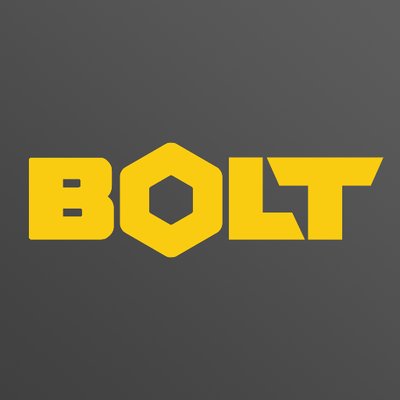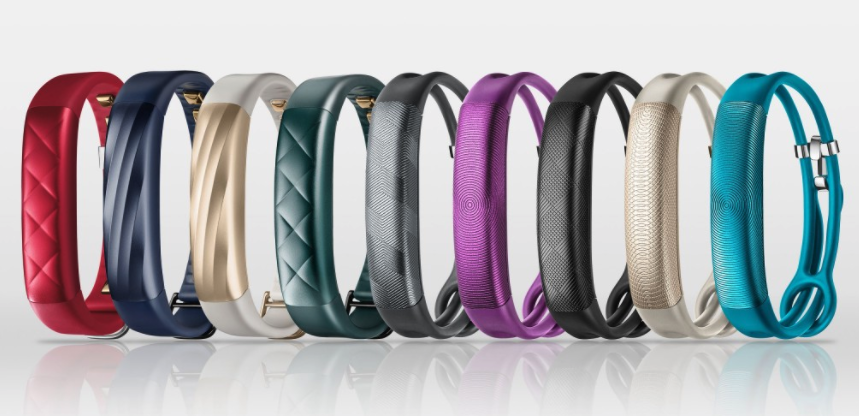
We’re in the middle of a major surge of wearable consumer electronic products. Originally, these devices were purely for fitness: Nike, Fitbit, Jawbone, etc use basic sensors (like accelerometers) to track activity throughout the day and motivate healthy behaviour. As the wearables market matures, there are an increasing number of startups building wearable devices with more specific (and frankly, more useful) sensors and use cases. Bionym (Nymi), Quanttus, Ringly, Novasentis, Narrative (Memoto), Telepathy, etc are all seeking to differentiate themselves by addressing more specific problems.
Wearables are a highly interesting new product category that will attract lots of new entrants. But young startups should proceed with caution. These products are exceptionally hard to build. I mean really, really hard. Here are some things to watch out for:
1. Fashion + Tech
Wearable devices live on the body and must appeal to users’ sense of style. Device makers need to address function but they also must design for fashion. Appealing to fashion means continuous updates, expensive materials, high-quality finishes, and complex aesthetic features. It also means that a product which works perfectly well can still fail due to current taste. Google Glass may be one of the most fantastic products ever developed (the jury is still out on that) but because it fundamentally changes the way a user’s face looks, purchasing one will always be a product decision AND a fashion decision.
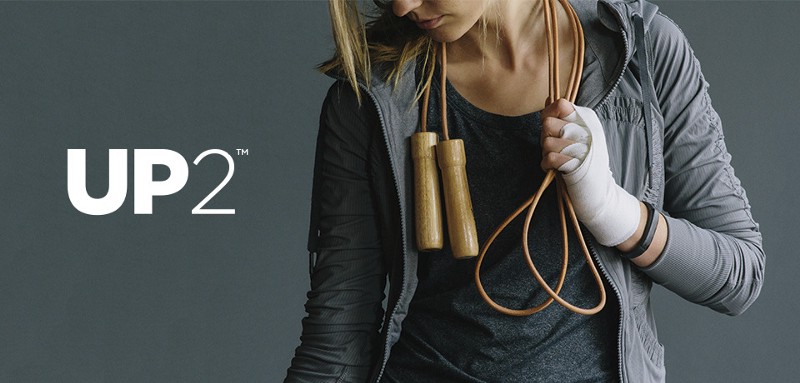
2. Durability
Wearables can be on the body 10+ hours per day. They will get splashed, washed, dropped, burned, and of course chewed on. Building products that can survive such a wide range of environments isn’t impossible, but it sure is hard, especially when you factor things like radio communication, battery life, and comfort.
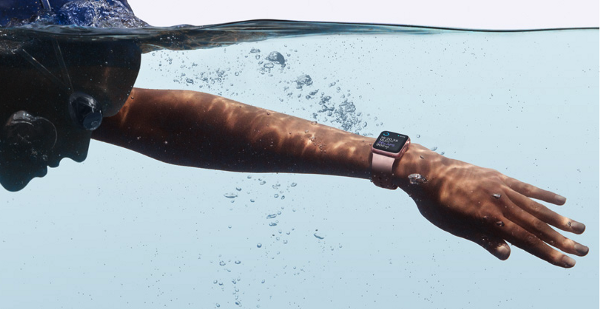
Even experienced companies that have been building products for years have trouble with durability. Jawbone’s first production run of UP bracelets were 100% recalled due to an improperly sized power capacitor. While the company hasn’t published numbers on the recall, I’d guess tens of thousands of refunds were issued costing the company millions of dollars and irreparable PR damage. To their credit, Jawbone handled the recall better than almost any company I can remember. If Jawbone was a startup and this was their first product, they would surely be out of business.
3. Comfort
Anything making contact with the human body needs to be comfortable. Products should feel light, but not cheap. When users don’t want to notice/interact with them, they should be easily hidden or removable. Human skin is also sensitive. Fitbit recently issued a massive recall due to a possible allergic reaction to nickel (an alloying element) in a stainless steel part on the Flex’s band. Large recalls are not easy to recover from.
4. SKUs
Users want to feel unique when it comes to fashion accessories. Trying to incorporate even a basic set of options for color and size can easily yield 10s of permutations of the same product. In the hardware world we call these “SKUs”. Each SKU requires additional tooling, components, packaging, logistics, and customer support/returns. A small startup offering 10 SKUs has a ton of management overhead compared with managing a single product, and managing one product is no walk in the park.
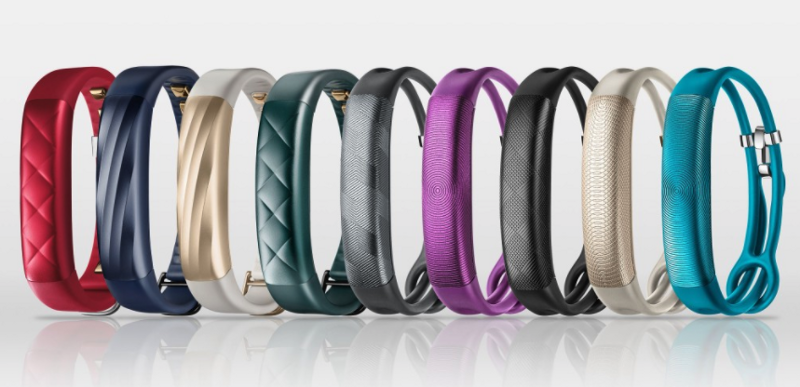
5. Support + Returns
These product dynamics mean some customers will be unhappy with the products they purchase. Many early adopters of fitness trackers report returning products multiple times due to poor performance, useless data, or complete product failure after normal usage. Most consumer electronics OEMs usually have return rates of 2% or less. I’ve heard rumors of wearable device companies dealing with 10% returns. Any time return rates are this high, support costs are usually multiple times higher. Every time a product is returned, there are usually 5 additional touch points with the customer: a support email, a support call, return of original product, inspection, and replacement, all for a financial loss. This dramatically affects the cash flow (and brand) of the business.
6. Business Dynamics
In addition to all the technical challenges of wearable products, the business dynamics add a new element of complexity for young startups. Large, well-funded companies have entered the market with strong brands and experienced teams. Many of the existing products’ core technology is quite simple and has little to no protectable competitive advantage. For example, Apple’s new M7 motion co-processor could easily dislodge all existing fitness tracker products if the developer community embraces it. Companies like Nike have massive marketing caché, cash flow, and distribution networks. As a small, venture backed startup it’s exceedingly difficult to compete in this kind of business landscape.
Don’t get me wrong, wearable devices are one of the most interesting categories of the new hardware movement. There will be major successes here. But before you set out to build a wearable device startup, think through these dynamics. The best way to avoid failure is to work with exceptional people that have experience building similar businesses.
Ben Einstein was one of the founders of Bolt. You can find him on LinkedIn.
Bolt invests at the intersection of the digital and physical world.
